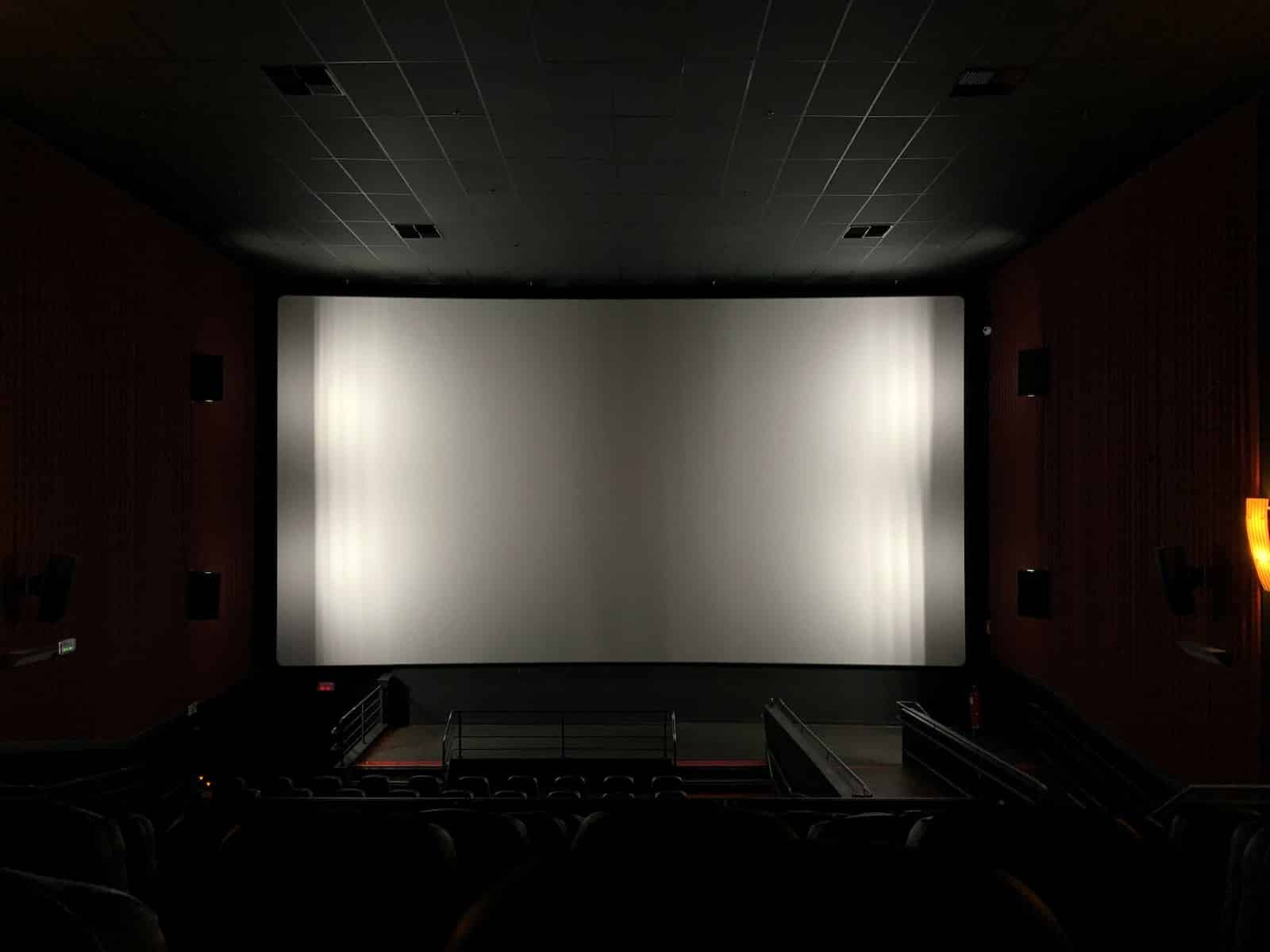From time to time, I get the opportunity to attend public worship with other church assemblies around the country. I am glad to observe how other churches “do worship” but also to participate in other services without the pressure of being the leader of it. One observation is the predominant use of projecting the words of congregational songs onto a wall or a screen. Sometimes this is accompanied by an invitation to use the hymnal, but many times it is not. Sometimes there is no hymnal to be used. After some thought, there are several observations I have about using screens for singing without even the option of a hymnal.
DISCLAIMER: I am by no means saying that using a screen is sinful, but only saying that certain things need to be considered if/when screens are used for congregational singing.
Observation #1—Even if hymnals are available and acknowledged, hardly anyone (if anyone) in the congregation uses them.
Perhaps this is because of convenience. Perhaps it is because of unspoken peer pressure to not seem “old fashioned” by using a hymnal. Perhaps there are other reasons. Plus, let’s face it, there is just something enthralling about using a screen. However, it would be a mistake if a church communicates either overtly, or subliminally, that physical hymnals are no longer needed or desired.
Observation #2—Generally, there is very little to no harmony being sung by the congregation.
It is true that melody drives a song, and that unison singing can be edifying. However, harmonies are not unedifying, nor are they a detriment to hymn singing. Harmony is what helps give a song a certain flavor, character, and beauty. There is beauty in sung harmony that supports the melodic line. The great choral or orchestral works are not filled with every voice or instrument in unison for the entirety of the piece. Harmonic lines are introduced that enhance the beauty of the piece and make it more interesting.
When a congregation cannot see harmonies written on the page, only those who know the hymn well and who have any kind of vocal ability and training will sing harmonies—maybe. Four-part hymn writing is not merely for the pianist to use but is for congregations to sing as well. Many congregations are missing out on the beauty of harmony in their singing, which I believe is at least partly due to the use of screens without hymnals. This, in turn, is producing churches that are more musically inept than previous generations.
Observation #3—It is much more difficult to teach through the stanza progression of hymns when only a screen is used.
One of the things I do sometimes with our congregation is talk through a hymn before singing it. I may ask a question about the meaning of a word or the poetic picture being portrayed. I may point out the connection between stanzas or highlight key ideas throughout the various stanzas. This is easy to do that when a person can glance at the entirety of the hymn on a single page.
For instance, the hymn “O for a Thousand Tongues to Sing” by Charles Wesley has connections from the end of each stanza to the beginning of the next. I can show that to my congregation very simply using a hymnal, but it is virtually impossible to do so on a screen in the same way.
In other words, the hymnal is a teaching tool, not merely a catalog of songs. I want to teach my congregation about the nature of good hymn writing and poetry. I contend that this is much easier to do using a hymnal than only a screen.
Observation #4—Only those familiar with the hymn can sing it.
This is the most frustrating part of going to churches who use screens and not hymnals. If I do not know a hymn/song being sung, and there is no written music for me to read, I cannot sing. I am not even given the opportunity to sing. I am forced to be primarily an observer for those few minutes, listening to other people sing, but not able to join in myself.
Corporate worship is meant to enable everyone to participate, not simply to watch. When I go to corporate worship, I want to participate in the singing. If there is a hymn I do not know, I want to see the music so I can sing it and participate more fully. I don’t want to simply listen.
Of the four observations, this is one that I think every church using screens needs to consider. If unbelievers attend your worship service, they may not sing anyway, but at least give them the opportunity to do so by providing hymnals. And if other believers attend, give them the opportunity to sing every hymn that you do. Your congregation may know all of them very well, but guests may not. This is where a hymnal will be helpful.
I believe it is unwise to purposefully inhibit people from at least having the opportunity to see the music of a hymn. It is a person’s choice whether they sing or not, but at least give them the chance.
Hymnals are wonderful tools, used to help people sing harmonic lines, and teaching them the nature of good poetry and hymn writing. You still may not get 100% participation, but there won’t be an excuse for not singing.
My advice—if you choose to use a screen for congregational singing, do not jettison your hymnals, but rather provide people the chance to use them, learn the harmonies, see the text in full, and participate in the singing, even if they don’t know the hymn.




